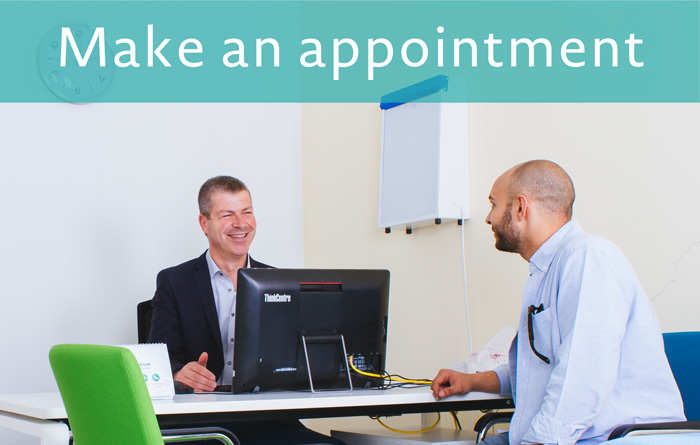Parkinson’s Program
Parkinson’s disease is related to a loss of nerve cells in the brain which produces a chemical called dopamine. Dopamine and other brain chemicals are normally in balance and are important for the control of body movements, thought processes, decision making, moods, and other behaviors.
The exact cause of Parkinson’s is not yet known. Family history, aging, or exposure to certain environmental toxins may contribute to the onset of Parkinson’s. It is a chronic degenerative disease, which means that it gets worse over time but usually do not cause death.
The severity and symptoms of Parkinson’s can vary widely. Some people have the disease for 20 to 30 years and experience a slow decline in mobility and thinking over a longer period of time. Others may experience difficulty with physical movements and thought processes within 5 to 10 years, as the disease progresses more rapidly.
Signs and Symptoms
Nonmotor symptoms of Parkinson’s, such as a decreased sense of smell, sleep problems, and lightheadedness when first standing up, can begin many years before motor (movement) symptoms develop. Motor symptoms of Parkinson’s, which typically include muscle and joint stiffness (rigidity), shaking (tremors) in the hands and limbs, slowed movement, and balance problems, most often begin at or around age 60. However, early-onset Parkinson’s can affect people at a younger age.
The motor symptoms of Parkinson’s can be very mild at first. A common early symptom is a tremor in one hand, most often when you are at rest. It might look like you are rolling a pill between your thumb and forefinger. Tremors also can occur in your legs or jaw when you are at rest. Since the tremors are most apparent during rest, they usually go away when moving and typically don’t interfere substantially with daily functions.
As the condition progresses, people with Parkinson’s may notice other motor symptoms, such as:
- movements that become smaller, possibly resulting in:
– shuffling when walking
– less arm swinging when walking
– quieter voice - Muscle stiffness or rigidity, causing discomfort in the neck, trunk, or shoulders
- Pain due to muscle stiffness
- Postural instability, resulting in poor balance and a greater risk of falling
- Movements that become slower during daily activities such as dressing, showering, or moving in bed
- A feeling of the feet being “frozen” to the floor, making it hard to take a first step, or to turn around when walking
- Stooped posture
- Difficulty speaking at a normal voice level
- Difficulty swallowing
- Difficulty performing tasks that were once easy to do, such as gardening or swinging a tennis racquet or golf club
- Difficulty making facial expressions
- Difficulty holding and releasing urine (bladder urgency and incontinence)
Nonmotor symptoms might include:
- Difficulty paying attention to a task for a long period of time or dividing attention between 2 or more tasks
- Fatigue
- Lack of motivation
- Lightheadedness
- Depression
- Anxiety
- Disturbed sleep
Amsterdam Clinics physiotherapist will partner with you to manage your specific situation — From now on you are not alone!
Following a diagnosis of Parkinson’s, your physiotherapist will conduct a comprehensive evaluation, including tests to examine your posture, strength, flexibility, walking, endurance, balance, coordination, and attention with movement. Based on your test results, your physiotherapist will develop an individualized treatment plan to help you stay as active and as independent as possible. Your program will include exercises and techniques to combat the symptoms of Parkinson’s.
Depending on the nature and severity of your condition, your treatment program may focus on activities and education to help you:
- Improve your fitness level, strength, and flexibility.
- Develop more effective strategies to get in and out of bed, chairs, and cars.
- Turnover in bed more easily.
- Stand and turn to change directions more efficiently.
- Improve the smoothness and coordination of your walking.
- Improve your ability to perform hand movements.
- Decrease your risk of falling.
- Improve your ability to climb and descend stairs and curbs.
- Perform more than one task at a time more efficiently.
- Participate in activities that are important to you.
Your Care Path will include:
- Full assessment & screening by our qualified team.
- Comprehensive diagnosis
- Second opinion from a Dutch expert.
- Occupational assessment
- A treatment plan supervised by the Dutch experts.

